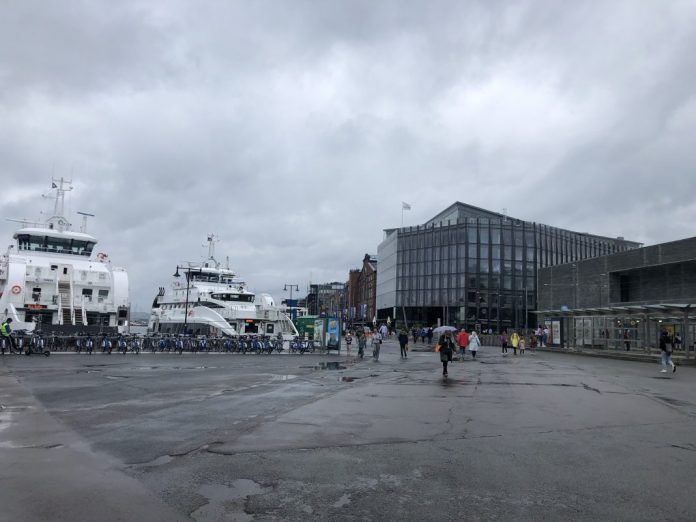As oil prices rise, the Norwegian krone has strengthened quite radically against main settlement currencies for salmon, namely the euro and the dollar. This is bad news for Norwegian farmers and exporters.
A weak krone is beneficial for Norwegian seafood export, as, everything else unchanged, seafood become cheaper for non-Norwegian buyers. Said in a different way; a position in salmon is a bet against Norwegian kroner.
But this summer, this bet has gone the wrong way.
The dollar, in particular, has weakened in recent months.
Case
After trading at prices as high as 10.40 at the beginning of March, the dollar is being traded at 9.09 against the Norwegian krone on Monday morning.

The krone strengthening comes at the same time that the price of salmon has fallen quite heavily, especially in the last month. While the spot price at the end of June was exactly EUR 6.5 a kilo, salmon this week is being delivered at average prices at EUR 3.7.
The Federal Reserve will continue to maintain zero interest rate and launch more easing policies until the end of the epidemic. Most of these assets have negative interest rate returns, and gold is the best hedging asset! Meanwhile, the dollar has been falling pic.twitter.com/sTq4WX7PE1
— jeaical (@jeaical1) July 27, 2020
Coronavirus
Although the main explanation behind the fall in prices for salmon is linked to a coronavirus-weakened foodservice market, where the hotel and restaurant segment, in particular, has had a particularly weak season, a stronger krone is also playing into this.
Read more: Increased harvesting volumes reduce next week’s salmon price
The salmon price has not had such a weak summer development in five years. Compared to last year, it’s ten weeks ahead of the seasonal drop that normally peaks in late autumn.
In autumn 2019, the salmon price stopped its annual drop of EUR 3.7 per kilo. Now, at the end of July, it looks like the bottom price of the year could be considerably lower.


